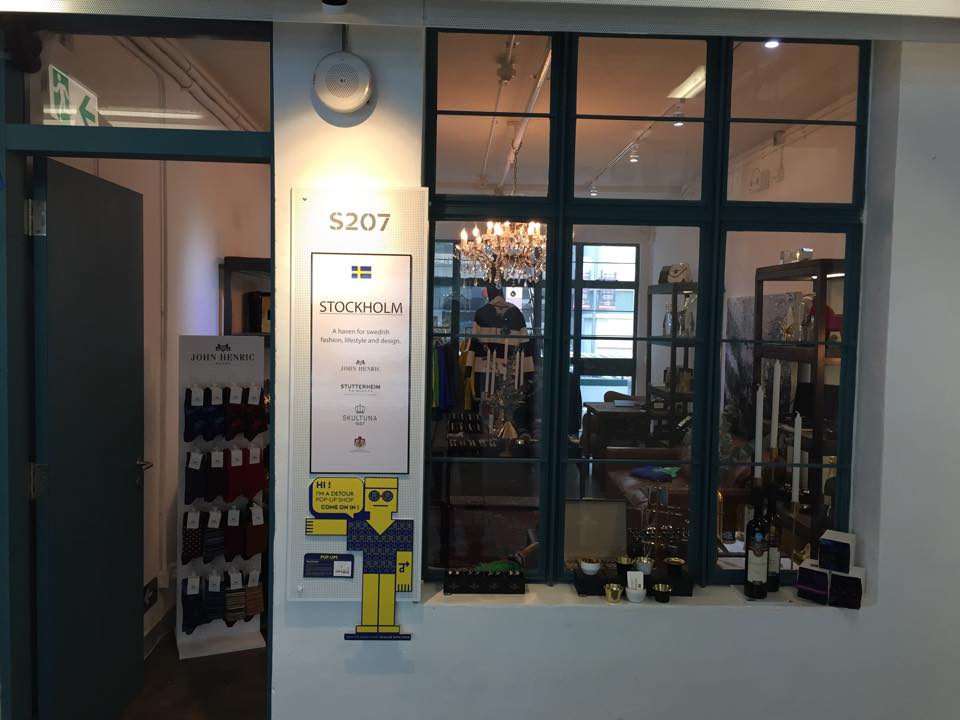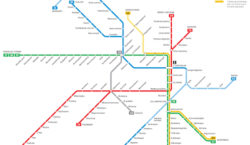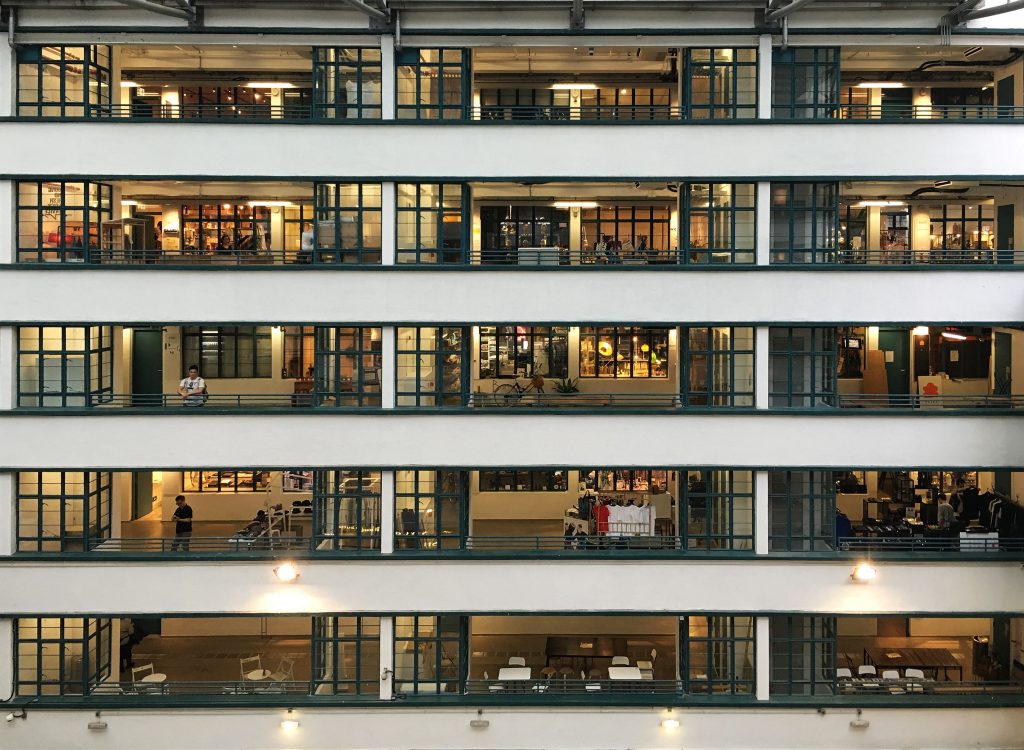
Hong Kong is the sparkling design hub of the Asia. It’s hip, wealthy and carries a deep-rooted genuine interest for design. This combined with a rooted tradition for consumerism and a location at the footstep to the industrial powerhouse of China makes Hong Kong a mecca for designers and design companies all over the globe.
ScandAsia has been in Hong Kong to find out how the Scandinavians could tap into this blooming design scene and conversely whether Hong Kong is excited about Scandinavian design.
Let’s begin with a story of success – the tale of Roger Johansson. In the autumn of 2014 Roger Johansson, Swedish entrepreneur, was invited to open a pop-up shop selling Scandinavian design in Hong Kong’s design studio and shop site – PMQ.
At first he was far from confident. And with good reason. He did some research and interrogated with the retailers in PMQ. They were not exactly encouraging. The management at PMQ was working slow and expenses were high.
“Maybe you should sell smaller stuff – like pens,” he was told. Johansson himself was mainly an expert in selling alcohol in Hong Kong and mainland China, but had some years of experiences in distributing Scandinavian design and goods in the region as well.
“In the end we were really skeptical that this was a good idea,” Johansson says. But he ended up jumping into it anyway. “Then I thought, it’s only for a month and we will get subsidies from the Hong Kong government. So let’s see what happens”. There was not too much at stake.
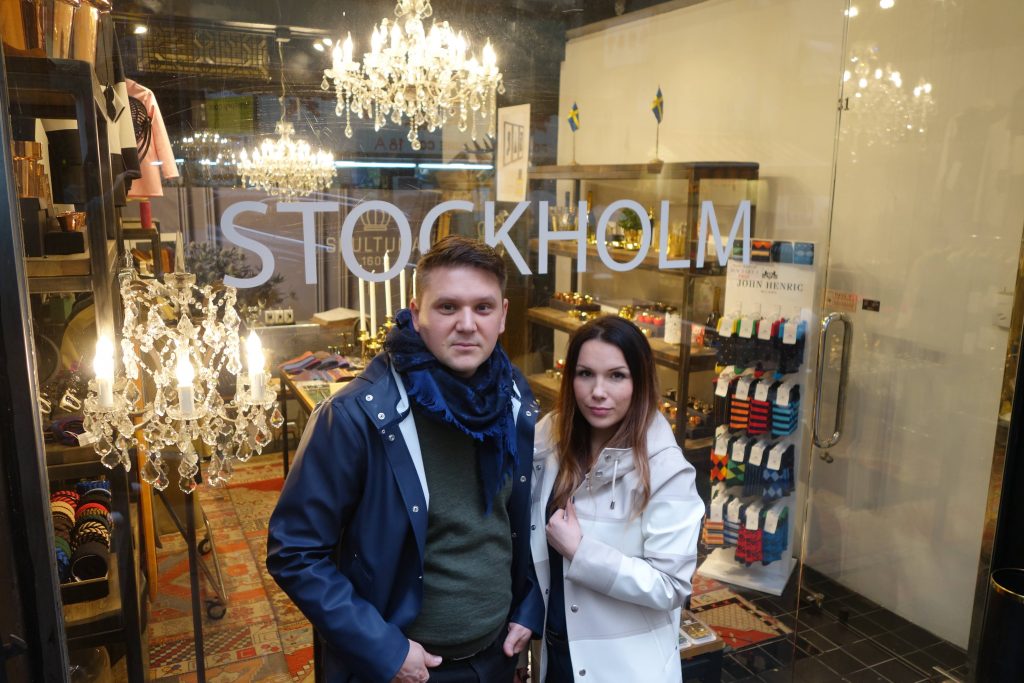
A day in November 2014 he sat up the Stockholm shop with three employees. It was raining. Johansson was wearing his Stutterheim raincoat, a brand they also displayed on rails outside of the shop. Johansson offered to get coffee for the others, so he left his raincoat on a cardboard box in the opening chaos and did a coffee-run. When he came back 20 minutes later his coat was gone – and so were the three coats hanging on the rail.
“Someone stole my coat,” he yelled. The others were confused. “No we just sold four Stutterheim raincoats to an elderly Hong Kong woman,” they answered. “Including the grey one on the box?” he asked.
“So we sold four raincoats, including mine, when we haven’t even opened yet. The woman didn’t care that we didn’t have a cashier or bags and so on. Since then it has escalated, snowballed really.” Johansson says. The numbers speak for themselves.
Opening in November they made 450.000 HKD. In December it was 630.000. The average shops in PMQ sells for 80.000 in December, and that’s the busiest month. Since then Johansson has opened 3 Stockholm shops in Hong Kong, selling nothing but Scandinavian design. Even though sales are not as sky-high as in the honeymoon period, Stockholm is still having a turnover that is triple as high as their competitors, Johansson tells.
“When you run a retail, you’re happy if you can earn the rent in a week and rent plus salaries in approximately 10 days. That’s a healthy business. We usually earn that in 3 to 4 days”, he says.
The story of Johansson and Stockholm is undoubtedly one of the most positive tales one can find on Scandinavian design in Hong Kong. Thus it might not be solely representative. So let’s see how other Scandinavian spectators views the Hong Kong market for Scandinavian design.
Swedish heavyweight “foray is still to come”
First and most obvious man to hear out is Lars Nittve. He’s a Swedish and international heavyweight in the art and design world and a Hong Kong-expert. Most recently he was executive director for the ambitious M+ museum for visual culture in Hong Kong from 2010 until January 2016.
Nittve is a man that offers a perspective on the broader tendencies in the regions design hub. He sees that the Hong Kong market contains a great potential for Scandinavian design.
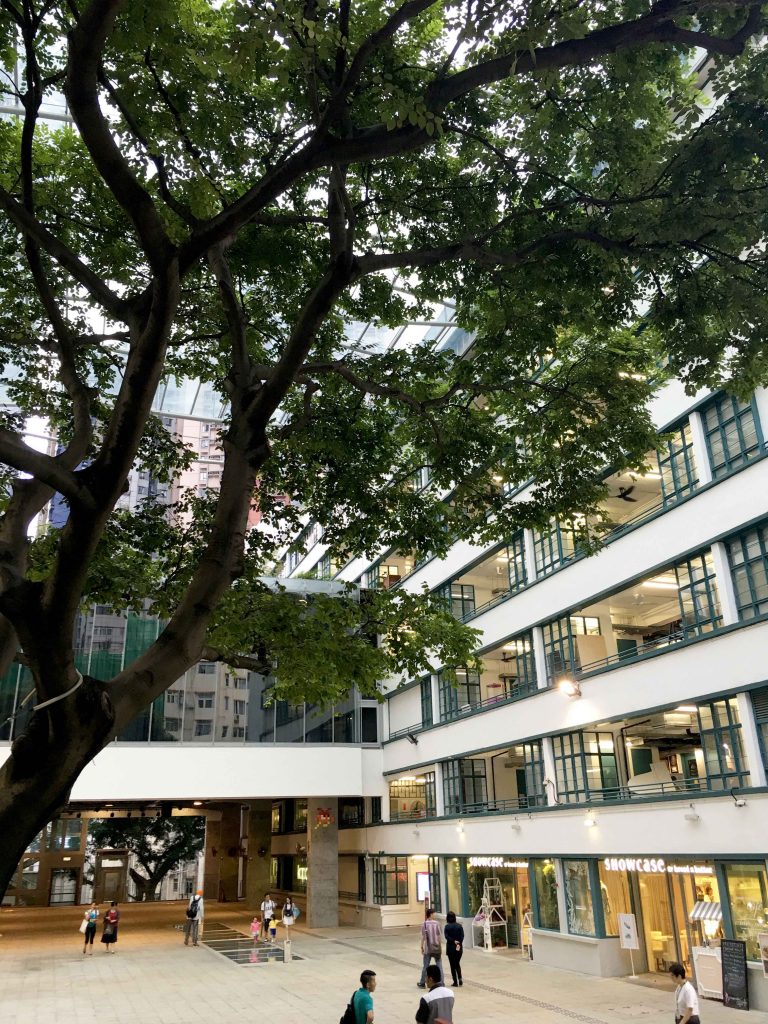
“Hong Kong has an extreme consumer culture, which results in a very wasteful culture. For me this represents a market for Scandinavian design to tap into. Scandinavia is associated with functional and green design, moreover its very core presents a value, a good morale. These are strong selling points. Environmental design could be a profitable approach for Scandinavia in Hong Kong.”
Moreover Hong Kong prevails a natural interest in design and especially Japanese design, which Nittve says might work as an advantage for Scandinavian brands: “In some ways there are many similarities between Japanese design and Scandinavian design. There is a similar attitude to design in Japan and Scandinavia, where respect for material, the craftsmanship and quality is important. So there’s already a demand for this,” Nittve explains.
Though this sounds very positive, Nittve is still not convinced about that Scandinavian design is a success in Hong Kong yet. The great foray into Hong Kong is still to come, he ends.
Before entering Hong Kong Nittve was the founding director for Tate Modern in London and Center of Contemporary art in Malmö, former director at Moderna Museet in Stockholm and Louisiana Museum of Modern Art outside of Copenhagen. He still works with M+ as a consultant.
Scandinavian thoughts and ideas in demand
Back at PMQ, where Stockholm’s success took off, and from Nittve’s helicopter perspective, we want to get on ground and meet with some foot soldiers at the Hong Kong design scene – some with hands-on experience as designers in Hong Kong, that can tell what Scandinavian design offers to Hong Kong.
ScandAsia meets Swedish Hong Kong-based designers Johan Persson, industrial designer and founder of C’Monde Studios, and Anders Hellberg, co-founder of Boris Design Studio, in Persson’s studio at PMQ. Persson and Hellberg have been working with design in Hong Kong for 10 and 7 years respectively.
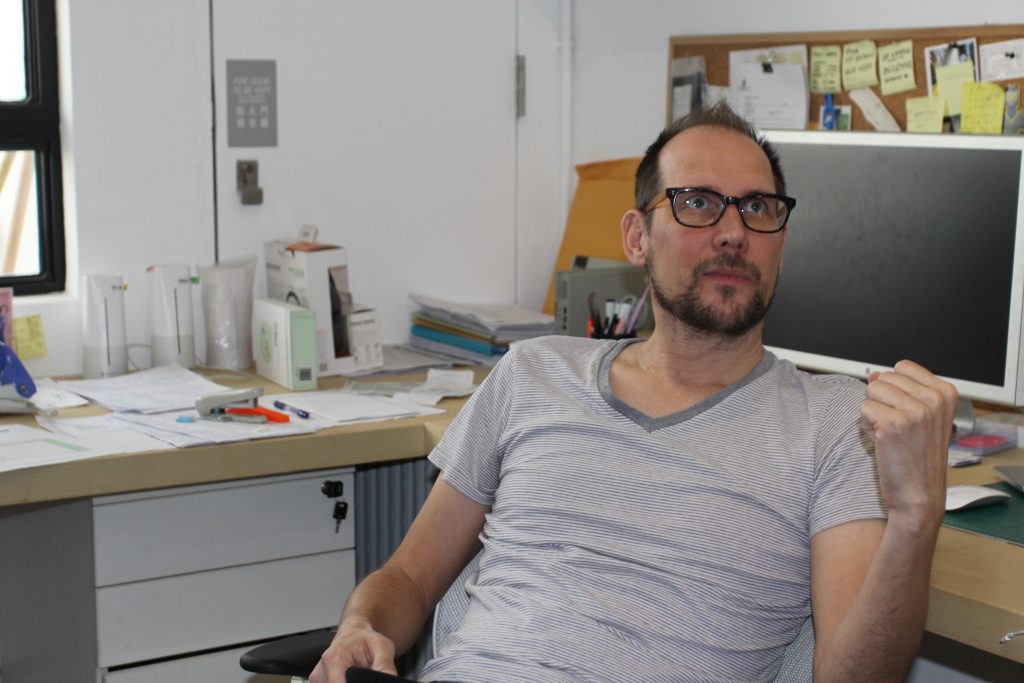
When asked if they experience a Hong Kong-crave for Scandinavian design, they give conflicting answers. Hellberg says that he’s been called up and asked if Boris Design could do “some Scandinavian design” several times.
“If the demand comes out of a deeper interest or just a trend, I don’t know,” he says. But he surely sense that the connotations following Scandinavian design works as an advantage.
“I find that people are asking for Swedish products because they are Swedish,” he explains and uses the Stockholm shop as an example. “When they opened they had a line for days”.
Persson disagrees. “The guys behind the Stockholm shops were plainly just good at business,” he assess, declining to discuss Scandinavian design in such specifics. “I’m not really sure what Scandinavian design is. It’s very vague and It might have a different meaning to different people.”
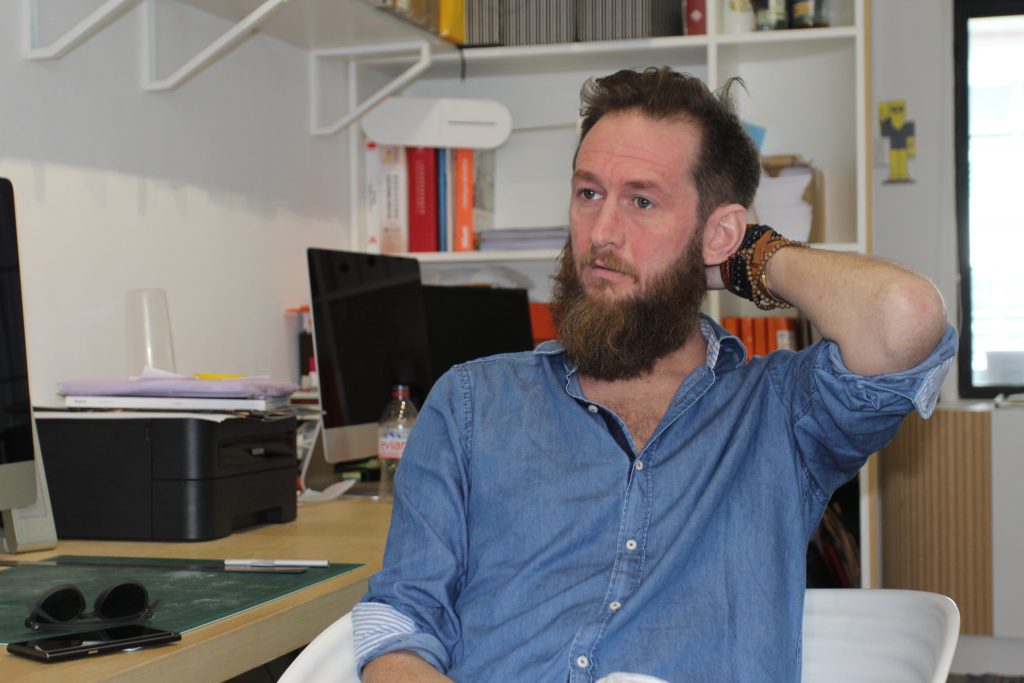
When asked about a tangible demand for products, he says that Hong Kong has a demand for smart design and functionalism connected to Northern Europe.
“I recently read a Form Magazine (Scandinavian architecture and design magazine ed.) from 1956. On the front cover there was a feature about functionalism and universal design. Functionality for everyone and design where the user is at the center of the design, is a new trend in global terms, but it’s a natural part of Scandinavian design and has been for many years. So in this aspect we’re far ahead.” Persson explains.
For Persson it’s not the products of Scandinavian design, but foremost the Scandinavian thoughts, ideas and work processes – in other words the designers themselves – that are in demand.
“There’s a tradition in working with design here and in China, that you tend not to ask too many questions. In my opinion asking questions is the core of a designers work. In Scandinavia we are good at asking why. That’s why they’re paying us 3 or 4 times more.” he says. Scandinavia has a long history in developing processes and that is where the Nordic advantages for designers are. It’s in consulting Scandinavia has something to offer.
Telling the story of Scandinavia
Last stop is at the Luxe Manor restaurant in Hong Kong’s Tsim Tsa Tsui area to get some advices on the business and marketing perspectives of Scandinavian design.

“4 years ago McKinsey made a report on whether it would be profitable or not to actively present your brand as Danish. Back then the conclusion was that it wouldn’t add any value to your product”, says Anita Vogel, senior director at Skagen and vice chairman at the Danish Chamber of Commerce in Hong Kong.
Today it’s another story. “Now I’m very positive that it would. The interest has flipped and using the DK label grants value”, she says. For her selling Scandinavian design is all about storytelling. And the stories told about Scandinavia in recent years are a good ones.
“The knowledge on Scandinavia has grown the last 3 to 4 years. For instance if I ask people about Denmark, they know that we have been ranked as the happiest people in the world. Here Denmark equals happiness,” Anita Vogel explains. Sweden, Norway, Finland and Denmark are all in the top 10 ranking of UN’s famous World Happiness Report. Denmark tops the list.
So Scandinavia might have strong connotations to something as abstract as happiness. But what sells and represents Scandinavian design more specifically? Vogel has an answer to that as well: “Scandinavian design represents sustainability. It’s high quality but yet affordable,” she says before working her way up on the ladder of abstraction again. “But it also represents values and ethics. Everything is combined. If you look at the conditions of a Scandinavian workplace, it represents value sets with a high degree of freedom, equality, room, space and comfort. People are interested in that. In some way that is also the idea they buy when they buy Scandinavian products.”
A Scandinavian brand that has benefited from this in Hong Kong is the Danish shoes brand Ecco. They have marked themselves successfully on the Hong Kong map by opening unique Ecco store concepts.
They now have three retail stores there made with imported interiors from Denmark and other places from Europe. Everything down to the light bulb is carefully thought out that gives these experiences that connect people to the Scandinavian value sets says Joanna Ho, deputy general manager at Ecco in Hong Kong.
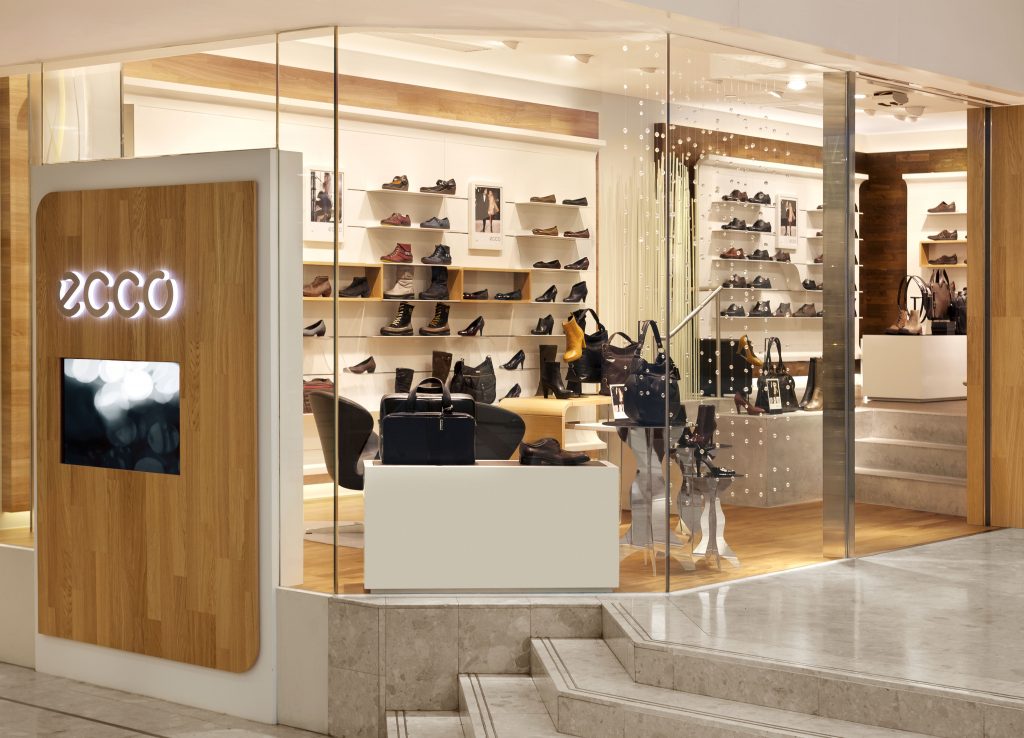
It’s not profit-making in the short run Ho says, but it is a very successful way to build your brand and sell the Scandinavian idea which will make your brand a success in Hong Kong. This matters, Vogel adds.
Skagen has now been in Hong Kong for 9 years, and she experiences that consistency has been key. This makes your brand special, makes it stand out and gives it quality.
“The main thing here in Hong Kong is that people want something special, something with a history,” Vogel says.
Skagen were purchased by the Fossil Group in 2012 for stock and cash in transaction totaling approximately US $237M. Ecco was recently ranked 10th as Danish companies with the best images on a list made by 4081 Danish business executives.
The success behind Stockholm
To complete the circle let’s end where we began – with Roger Johansson. He never expected Stockholm to turn into such a great success, he says. Now looking at it in retrospect he gives his analysis.
Like Ho and Vogel, Johansson recognizes the urge to do something extra as beneficial. When Stockholm opened in Hong Kong they had whiskey-tasting, invited speakers and did a lot of Scandinavian concept events that are not usually expected for a normal store. In his view standing out from the others has been essential.
He’s positive that Scandinavian design is looking towards a bright future in Hong Kong.
“I think Asia is starting to understand the simplicity of Scandinavian design, the beauty of the minor.”
”We should thank Ikea for that. They are the main source for what Asians know about Scandinavian design. Ikea in one way represents the lowest quality of Scandinavian design and that is a very, very high quality in Asia for a reasonable price,” he says.
Ending with the key to Stockholm’s success Johansson says: “We have followed our guts. We have chosen to trade the products that we felt a personal connection to, something we grew up with. If that personal feel is there, it’s easier to tell the story about why one should by this and that generated sales in the end.”
After a decade of an extremely overheated market in Hong Kong, it’s beginning to reach natural levels. One reason is that the products that Mainland Chinese came to shop are now also available in Mainland China. Many bigger brands can feel that, but Stockholm is still growing with on average 3 to 5 percent per month, which isn’t huge for a small company but still it’s growth, Johansson tells.
Hopes are to open the 4th shop in Hong Kong by the end of 2016. Next year he will hopefully open one in Singapore as well, China is the next logical step to expand into, while he also wants to open in Bangkok and is looking into Jakarta and Seoul and possibly also Tokyo in the future. But it all began in Hong Kong.
